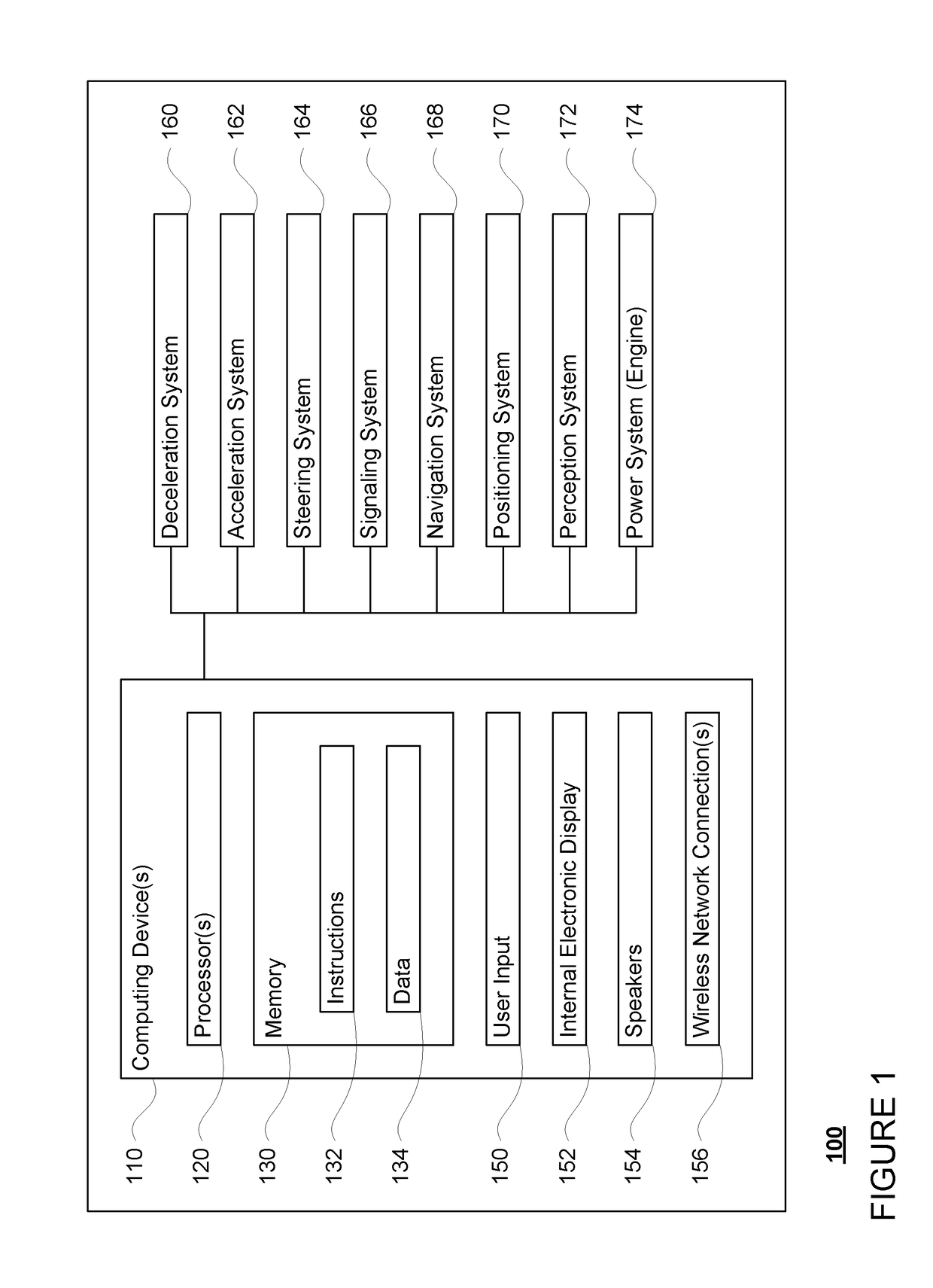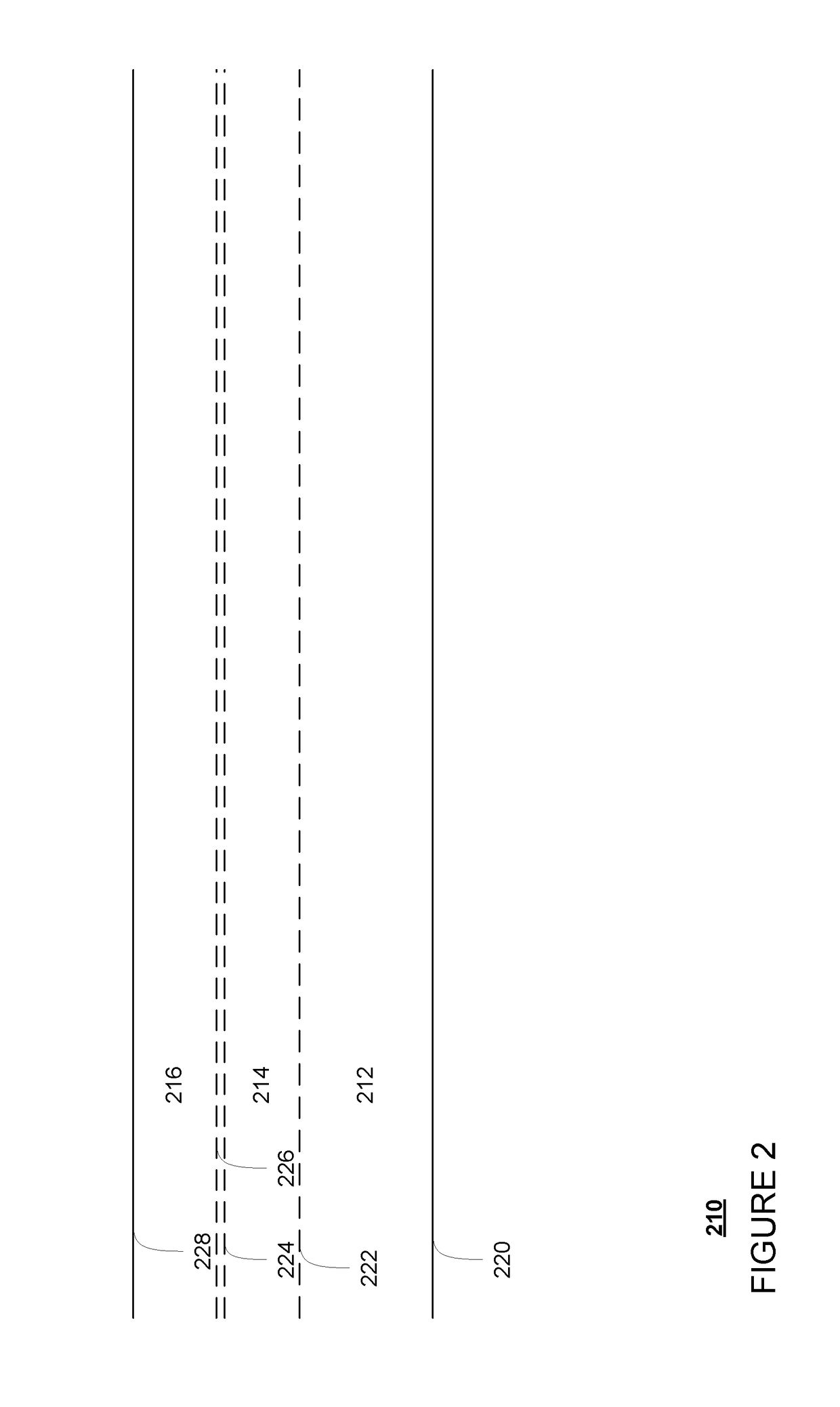Early boarding of passengers in autonomous vehicles
a technology for autonomous vehicles and passengers, applied in the direction of vehicle sub-unit features, process and machine control, instruments, etc., can solve problems such as inability to be easily achieved, and achieve the effect of reducing the size of the first threshold distan
- Summary
- Abstract
- Description
- Claims
- Application Information
AI Technical Summary
Benefits of technology
Problems solved by technology
Method used
Image
Examples
Embodiment Construction
Overview
[0019]Aspects of the technology relate to picking up passengers in vehicles that do not have a human driver, for instance, autonomous vehicles. This can be challenging due to changing environmental conditions, the absence of a human driver, and uncertainty as to how long a vehicle may have to wait (or is able to wait) for the passenger. In addition, a person who recognizes that a particular vehicle may be approaching a predetermined pickup location to pick up the person, may want to enter the vehicle as soon as possible, rather than waiting for both the vehicle and the person to reach the pickup location. In another example, a person is waiting on the side of the road and observes the vehicle slowing down or coming to stop (e.g., to avoid or yield to another object) for a reason other than initiating the pickup. In these cases, the person may believe the vehicle has stopped for him or her and walk towards the vehicle, whereas in reality, the vehicle is intending to continue ...
PUM
 Login to View More
Login to View More Abstract
Description
Claims
Application Information
 Login to View More
Login to View More - R&D
- Intellectual Property
- Life Sciences
- Materials
- Tech Scout
- Unparalleled Data Quality
- Higher Quality Content
- 60% Fewer Hallucinations
Browse by: Latest US Patents, China's latest patents, Technical Efficacy Thesaurus, Application Domain, Technology Topic, Popular Technical Reports.
© 2025 PatSnap. All rights reserved.Legal|Privacy policy|Modern Slavery Act Transparency Statement|Sitemap|About US| Contact US: help@patsnap.com



